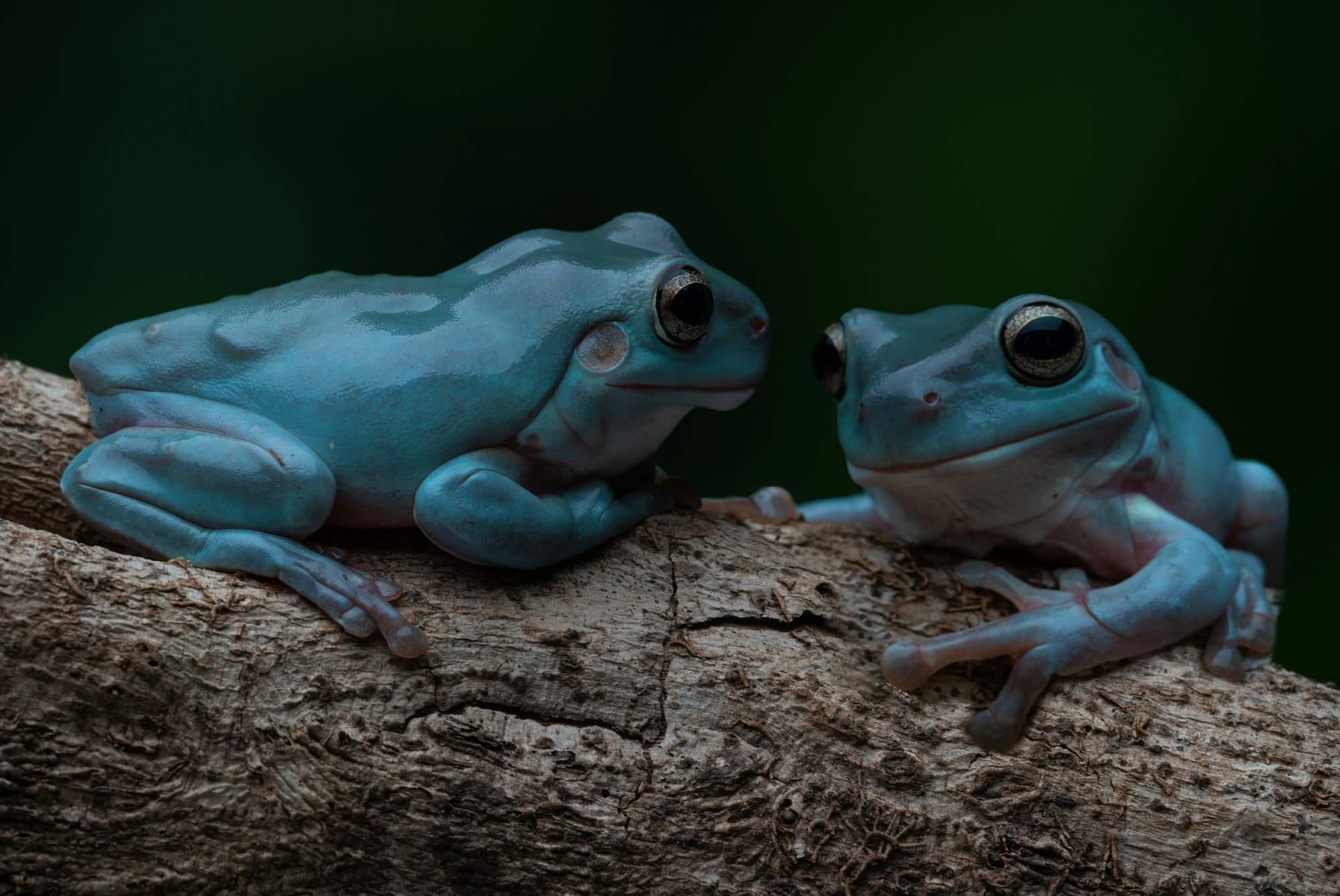What’s the Effectiveness of Contrast Water Therapy in Reducing DOMS for Track Athletes?

In the world of athletics, maintaining top performance and controlling the inevitable muscle pain and soreness associated with rigorous physical training is a constant challenge. As athletes push their bodies to the limit, they often experience Delayed Onset Muscle Soreness (DOMS), a common discomfort that can hinder their performance. One method that has been utilized to help combat this condition is Contrast Water Therapy (CWT), but how effective is it really? Let’s delve into the world of sports science and examine the effects of this treatment method.
The Science Behind DOMS
Before we can fully understand the potential benefits of contrast water therapy, we need to understand the science behind DOMS. When athletes engage in strenuous exercise, their muscles undergo strain and minor damage, leading to inflammation and pain. This is the body’s natural response to muscle overuse, and it’s often accompanied by a decrease in muscle performance and strength.
En parallèle : How Can the Use of Periodization in Training Benefit Competitive Swimmers Over a Season?
A study published through CrossRef, found in the Google Scholar database, explains that this pain is induced by the by-products of the body’s repair process. The DOI identifier for the study is an essential reference point for anyone wanting a deeper understanding of DOMS.
How Contrast Water Therapy Works
Contrast Water Therapy is an age-old recovery method that involves alternating between hot and cold water immersion. The theory is that the hot water expands the blood vessels, increasing blood flow and expediting the removal of waste products from the muscles. Then, the cold water causes the blood vessels to constrict, reducing inflammation and muscle soreness.
Dans le meme genre : What’s the Role of Eccentric Training in Preventing Hamstring Injuries in Sprint Athletes?
Even though this method has been used for years, its effectiveness is still a topic of debate among sports scientists. Some studies support the benefits of CWT, while others suggest that its effects are mainly psychological. Some athletes, however, swear by the therapy, claiming that it significantly reduces their recovery time and boosts their performance.
Analyzing the Effects of Contrast Water Therapy
To evaluate the effectiveness of contrast water therapy, we can turn to the rigorous analysis provided by various scientific studies. In 2016, a study published in the Journal of Sports Sciences found that CWT significantly reduced muscle soreness 24 hours after exercise compared to passive recovery.
However, a meta-analysis of 17 studies found contrasting results. Published on Google Scholar, the analysis concluded that CWT had no significant effect on reducing muscle soreness after exercise. The authors noted that the individual studies had small sample sizes and varied in quality, which could explain the conflicting results.
The Verdict: Does Contrast Water Therapy Work?
While some studies suggest that contrast water therapy has beneficial effects on muscle soreness and recovery, more high-quality research is needed to draw firm conclusions. If you’re an athlete dealing with DOMS, it might be worth trying CWT as part of your recovery routine. However, it’s crucial to approach it with realistic expectations.
Remember, maintaining a consistent exercise routine and staying adequately hydrated are just as important, if not more so, for muscle recovery and performance. A balanced diet, proper hydration, and sufficient rest should form the foundation of an athlete’s recovery strategy, with additional therapies like CWT acting as potential supplements.
The Future of Muscle Recovery
As technology continues to evolve, there will undoubtedly be more advanced methods for muscle recovery and performance enhancement. While contrast water therapy may be a contentious topic now, the future could hold definitive answers.
In the meantime, track athletes suffering from DOMS can experiment with various recovery methods. However, it’s essential to listen to your body’s signals and to consult with a qualified sports therapist or medical professional before trying new therapies. They can provide personalized advice based on your specific needs and can help monitor your progress to ensure you’re on the right track to recovery.
As it stands, the effectiveness of contrast water therapy in reducing DOMS for track athletes remains a topic of ongoing debate. However, the pursuit of knowledge in this field continues, and with every new study published, we move one step closer to understanding the best practices for athlete recovery and performance.
A Deeper Review of Contrast Water Therapy Studies
To further gauge the effect of contrast water therapy, let’s delve deeper into some existing studies. According to a PubMed Crossref search, a systematic review and meta-analysis of 30 controlled trials involving 1,577 participants was done. The analysis indicates that CWT seems to have little effect on the reduction of muscle soreness. However, CWT may be effective at improving perceived recovery after exercise-induced muscle damage.
On the other hand, a study found on Google Scholar and with a DOI PubMed reference, demonstrated contrasting results. In this research, athletes who used cold water immersion showed a significant reduction in muscle soreness compared to those who didn’t. The study suggests that the sudden exposure to cold water might shock the system into triggering natural recovery processes more effectively.
Another free article found in PMC free section in PubMed, pointed to the potential benefits of using contrast water therapy in conjunction with other therapies. The research cited the use of contrast water therapy in combination with creatine kinase, a natural enzyme that plays a significant role in energy production in muscle cells. The researchers found that athletes who followed this combined approach reported a faster reduction in muscle soreness.
In any case, it’s clear that the research results vary, and the effectiveness of contrast water therapy on muscle soreness is still under debate. The differences could be due to the various factors, including the severity of exercise-induced muscle damage, the specific protocols used in the therapy, and the subjectivity of perceived recovery.
Conclusion: The Verdict on Contrast Water Therapy
From the foregoing, it’s clear that contrast water therapy is a topic that draws varied opinions. Some studies, as noted in Google Scholar and Crossref Google, suggest that it can help alleviate delayed onset muscle soreness. However, others, including the meta-analysis published in Sports Med, argue that its effects may be minimal or even non-existent.
In essence, while contrast water therapy could be a useful tool for dealing with DOMS, it’s not a one-size-fits-all solution. It’s important to remember that it’s not a standalone treatment but rather a potential supplement to a well-rounded recovery plan. Key aspects of such a plan should include a balanced diet, proper hydration, sufficient rest, and consistent exercise regimen.
The field of sports science is dynamic, with new studies and insights emerging continually. So, while the effectiveness of contrast water therapy in reducing DOMS for track athletes remains a topic of ongoing debate today, future research may offer more definitive answers.
Until then, it’s advisable for athletes to consult with a qualified sports therapist or medical professional before implementing new therapies like CWT. After all, the ultimate goal is not just to alleviate muscle soreness but also to ensure optimal overall performance. As the saying goes, "listen to your body," it knows best. With personalized advice and monitoring from medical professionals, athletes can navigate their way to a recovery routine that truly works for them.
